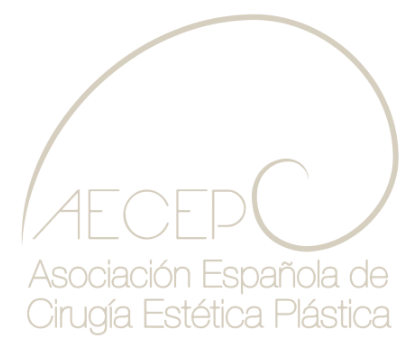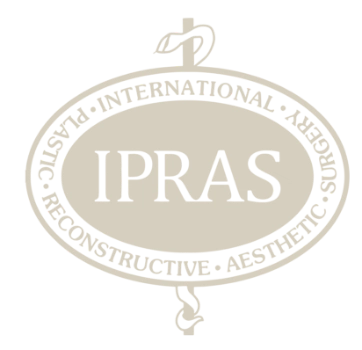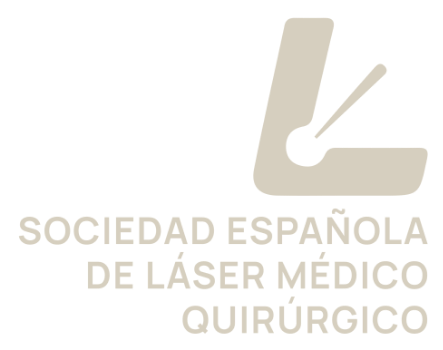1
2
3
4
5
6
7
8
9
10
1
2
3
4
5
6
7
8
9
10
1
2
3
4
1
2
3
Madrid Clinic
Madrid
Madrid
Clinic
Marbella Clinic
Marbella
Marbella
Clinic
For more information,
request an appointment
Our medical team will advise you on the treatment that best suits you, the surgical process, the possible risks and everything you need to know before facing such an important decision.
*Surgeries are performed in a duly authorized hospital.



